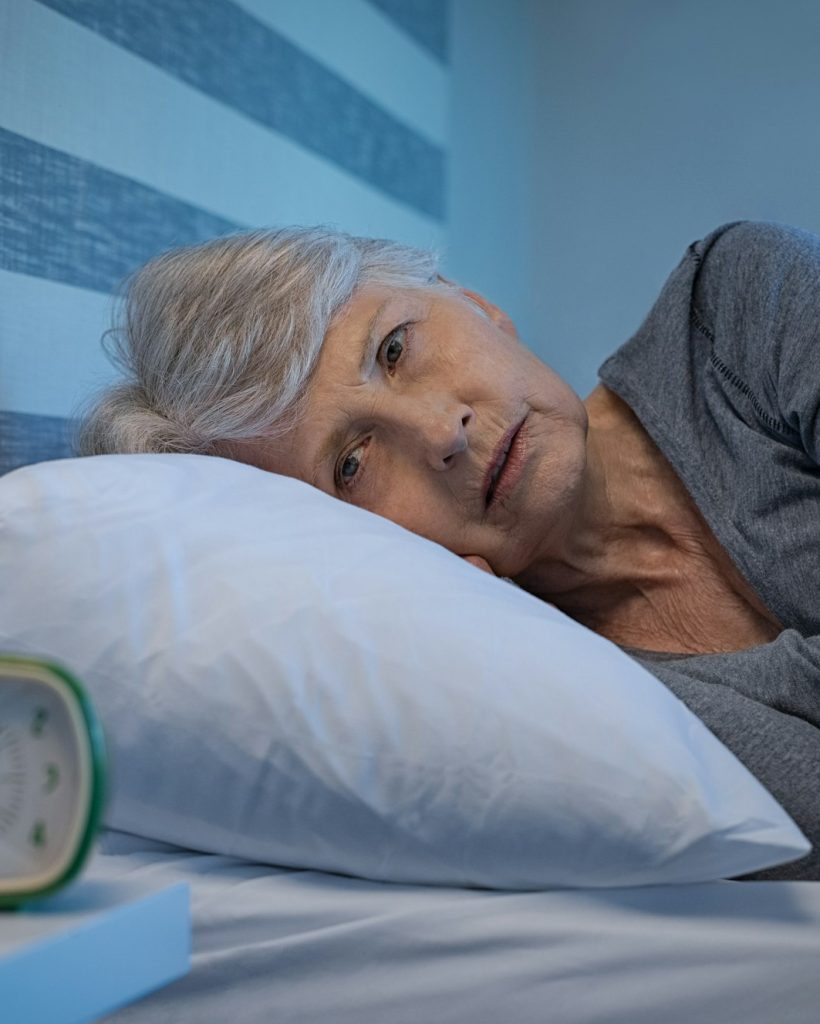3. Can I get out of bed to go to the bathroom during the test?
Yes, you can get out of bed during the test. Keep all of the sensors connected while you are out of bed.
4. Should I take my nighttime medications?
You should follow your doctor’s instructions. Typically you should take any medications that you normally use at bedtime.
5. Can I sleep in a recliner?
Generally, it is required for you to try to sleep in a bed. Sleeping in an elevated position in a recliner may affect the results of the test.
6. Can I have the television on?
You should turn off the TV prior to bedtime. Otherwise, it might interfere with the sleep recordings and interrupt the home sleep apnea test. You also should turn off your cell phone and any other electronic devices to minimize the chance of sleep disruptions.
7. Do I need to start and stop the recording?
Follow the instructions that come with your device. You may need to start the recording when you go to bed and stop it when you wake up.
8. How will I know the results of the home sleep apnea test?
You will schedule a follow-up appointment with your doctor to discuss the results of the home sleep apnea test.



